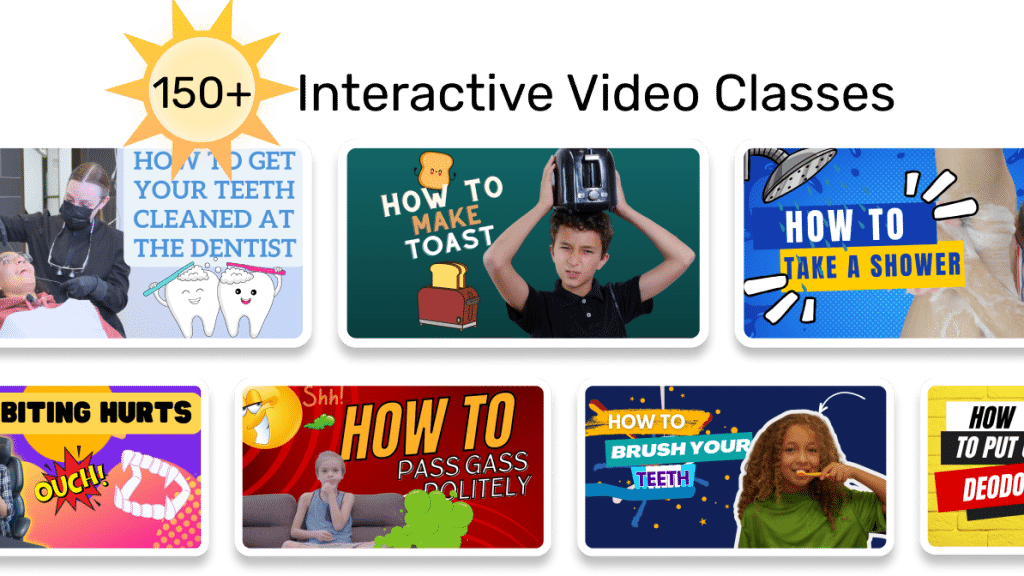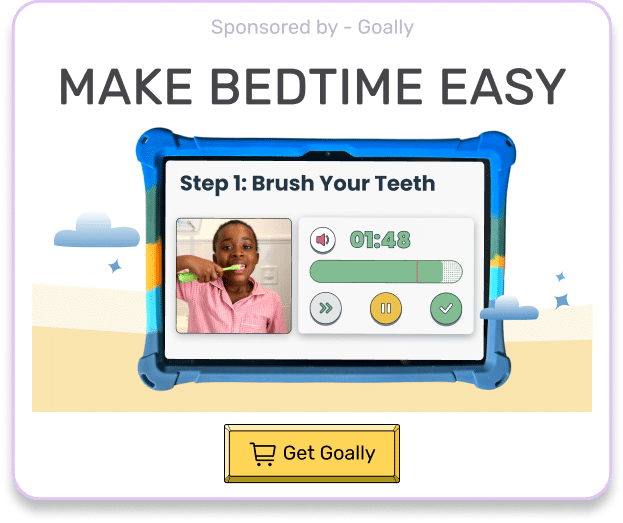As a parent, you’re always searching for ways to support your neurodivergent child’s growth and development. One approach that has been gaining attention is “culturally responsive teaching and the brain.” In this blog post, we’ll explore the connection between this teaching method and your child’s brain development, offering insights on how it can benefit kids with unique needs, thinking, and learning differences. We’ll discuss the principles of culturally responsive teaching, its impact on neurodivergent kids, and how you can implement it at home with the help of tools like Goally.
Table of Contents
The Principles of Culturally Responsive Teaching
Culturally responsive teaching is an educational approach that acknowledges and values the diverse cultural backgrounds of students. It aims to create an inclusive learning environment where all kids feel respected and supported. Let’s break down some key principles of this teaching method:
- Recognizing Cultural Diversity: This principle involves acknowledging the unique cultural backgrounds of students and incorporating their experiences into the learning process. By doing so, educators can create a more engaging and relevant curriculum for all students.
- Building on Students’ Strengths: Identifying and utilizing the skills and knowledge that kids bring to the classroom is crucial in culturally responsive teaching. This approach helps students feel valued and encourages them to actively participate in the learning process.
- Promoting Critical Thinking: Encouraging students to question, analyze, and evaluate information from various perspectives is a core aspect of culturally responsive teaching. This fosters a deeper understanding of the subject matter and helps students develop essential critical thinking skills.
- Fostering a Sense of Belonging: Creating a supportive and inclusive learning environment where all students feel valued and heard is vital in culturally responsive teaching. This sense of belonging can significantly impact a student’s motivation and engagement in the learning process.

Read more: Why is Culturally Responsive Teaching Important?
Culturally Responsive Teaching and the Brain
Now that we understand the principles of culturally responsive teaching let’s explore how it connects to the brain development of neurodivergent kids. Research has shown that this teaching approach can have a positive impact on cognitive processes, such as memory, attention, and problem-solving. Here’s how:
- Enhanced Memory Retention: By incorporating students’ cultural experiences into the learning process, culturally responsive teaching helps create meaningful connections between new information and existing knowledge. This, in turn, improves memory retention and recall. For example, using culturally relevant stories or examples can make it easier for students to remember new concepts.
- Improved Attention and Focus: A supportive and inclusive learning environment can reduce stress and anxiety for neurodivergent kids, allowing them to better focus on the task at hand. Culturally responsive teaching helps students feel more comfortable and engaged in the classroom, which can lead to improved attention and focus.
- Increased Problem-Solving Skills: Culturally responsive teaching encourages critical thinking and the development of multiple perspectives, which can enhance problem-solving abilities. By challenging students to consider different viewpoints and analyze information from various angles, they can develop more effective problem-solving strategies.
Implementing Culturally Responsive Teaching at Home
As a parent, you can support your child’s learning by incorporating culturally responsive teaching strategies at home. Goally can be a helpful tool in this process, offering customizable features that cater to your child’s unique needs. Here are some practical tips to get started:
Learn about Your Child’s Cultural Background
Understand your family’s cultural heritage and discuss it with your child. This will help your kid develop a strong sense of identity and belonging. You can use Goally to set reminders for cultural celebrations or incorporate cultural elements into your child’s daily routine.

Read more: 5 Examples of Culturally Responsive Teaching
Incorporate Cultural Elements into Learning Activities
Use culturally relevant materials, such as books, games, and art projects, to engage your child in the learning process. Goally can help you track your child’s progress and set goals related to these activities.
Encourage Critical Thinking
Ask open-ended questions and promote discussions that challenge your child to think critically about various topics. Goally’s customizable features can help you create a structured environment for these conversations.
Celebrate Diversity
Expose your child to different cultures, languages, and traditions through books, movies, and community events. This will help them develop empathy and appreciation for diversity. Goally can assist you in setting goals and reminders related to these experiences.
Goally | Apps To Support Child Development
Looking for fun ways to help your child learn life skills? Try Goally! The Goally tablet comes with award-winning learning apps and video classes to help kids develop the skills they need to become independent with FUN & evidence-based practices.

Our apps teach executive function, language, emotional regulation, finger dexterity skills, and more.
As your child develops new skills, you can increase the difficulty level of the tasks in the app to challenge and motivate them even further. This helps your child grow and progress at their own pace, while also keeping them engaged and excited about their development.

The Benefits of Culturally Responsive Teaching for Neurodivergent Kids
In short, culturally responsive teaching and the brain are closely connected, with this approach offering numerous benefits for neurodivergent kids. By acknowledging and valuing cultural diversity, building on students’ strengths, promoting critical thinking, and fostering a sense of belonging, this teaching method can enhance memory retention, improve attention and focus, and increase problem-solving skills. By implementing culturally responsive teaching strategies at home and using tools like Goally, you can support your child’s learning and development in a meaningful and engaging way.
This post was originally published on 05/16/2023. It was updated on 11/03/2023.

Goally
We help parents teach their kids life skills, like doing bedtime and morning independently. Backed by science, we incorporate evidence-based practices and expert-informed designs in all of our apps and content.





